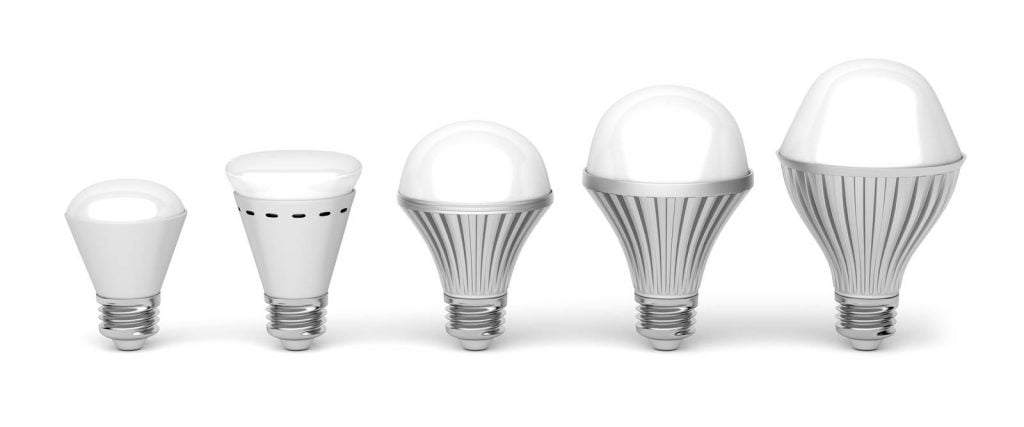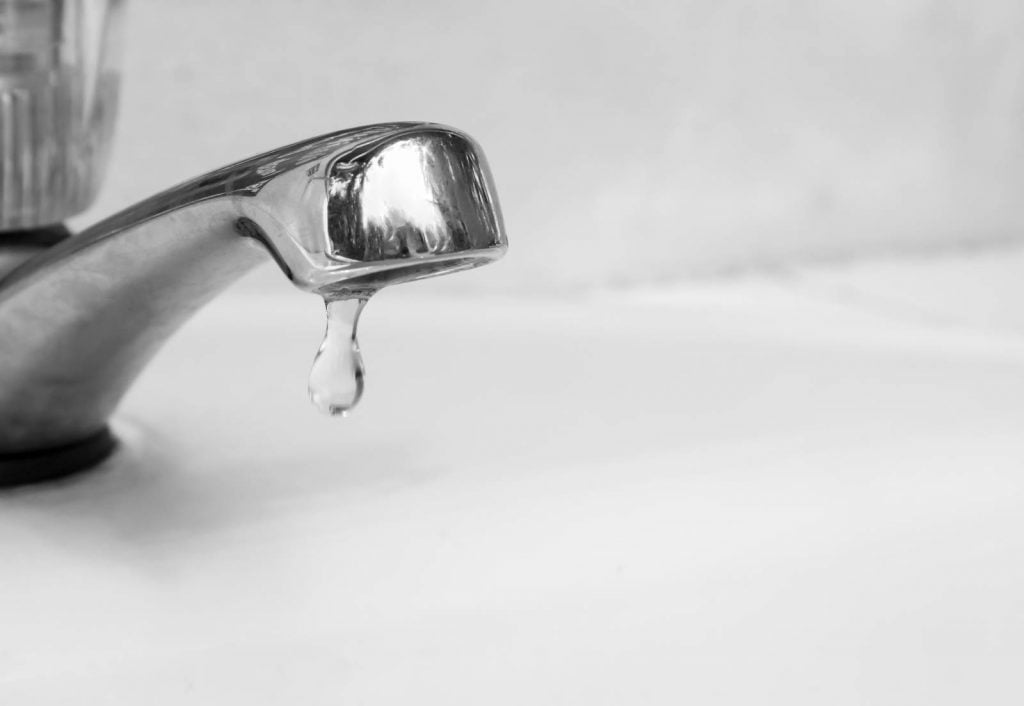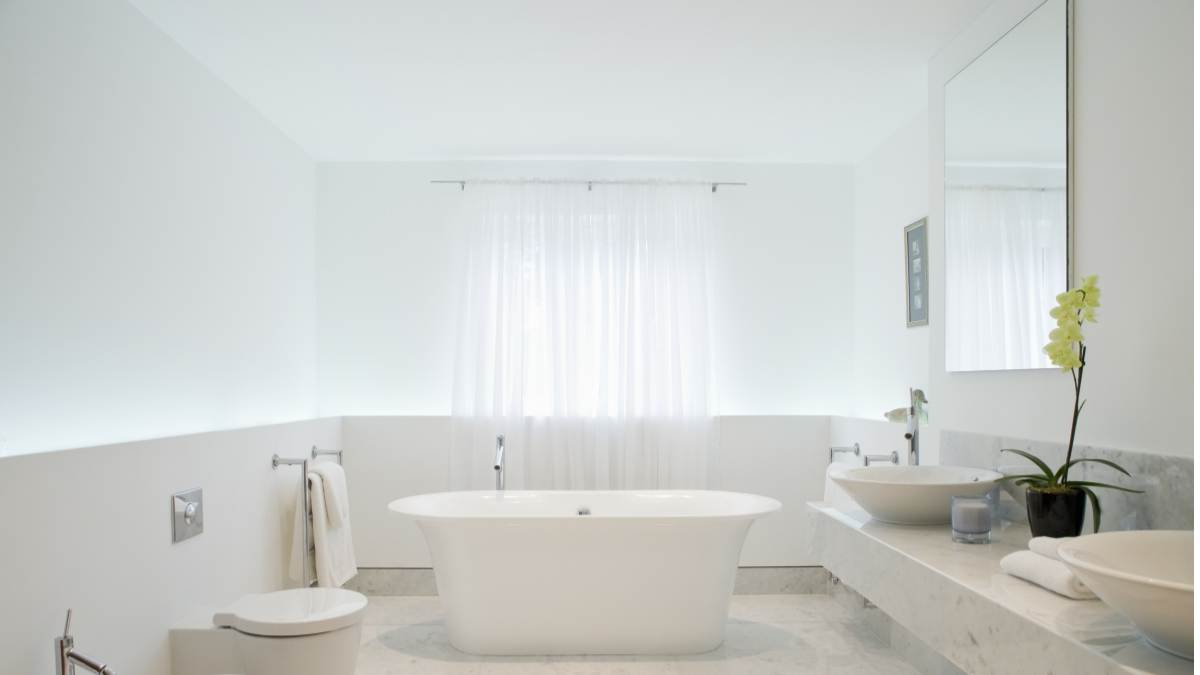Your bathroom is the epitome of relaxation and rejuvenation. It’s your sanctuary, your private space where you can indulge in a long, hot bath, unwind from a long day and get your mind and body in tune. It empowers you and your family with a sense of calm and happiness – often hard to find when you’re juggling a million different responsibilities. It helps instill healthy, confident habits in your kids; it provides a nurturing, loving and safe space for them to grow. However, even the most well-designed, functional, and aesthetically pleasing bathroom isn’t as perfect as it could be. There is always room for improvement, especially when it comes to going green.
If your intimate private space has started to become a burden on your wallet, then it’s time to start implementing sustainable practices to enrich its existence. To help you in your endless endeavor to create a sustainable environment for your family to share, we’ve compiled some best practices and helpful tips for a healthier, cleaner, and more economical bathroom.
8 Tips for Creating Sustainable Bathroom
Keeping your bathroom eco-friendly and visually appealing is a tough feat but not impossible. You just have to be creative, smart, and versatile in your approach. You don’t need to overhaul your bathroom completely, but some smart changes and a little dedication can turn your bathroom from a financial burden into an eco-friendly, minimalist treasure.
1. Get a Low-Flow Shower Head:
Having to pay a lot of money every month for your water bill can be frustrating. While you can’t often control how much water you’re using on a daily basis, you can control how much water you are wasting doing the most basic of tasks. Replacing your old showerhead with a low-flow showerhead will make a day-and-night difference to the amount of water you’re using. Generally, any typical shower head has 2.5 GPM (gallons per minute) water flow. – that’s about 25 gallons of water for 10 minutes of your time. However, low-flow showerheads have a flow rate of ~1.5 GPM, which is about 40% less water usage. The best part is you won’t even notice the difference, and you can save hundreds of dollars in water bills over the year.
2. Low-Flow Toilets:
Yet another simple upgrade that can bring in the big bucks. You might have never thought of it, but your toilet is a massive water waster. Wasting around 5 to 7 gallons of water every time you flush, you can imagine the damage you’re doing to your monthly water bill. But with one simple and cost-effective upgrade to a low-flow toilet, you can save an insane amount of water each year. Boasting 1.6 to 2.0 gallons per flush, you’ll significantly reduce your water usage, upgrade your bathroom aesthetic and save hundreds of dollars every year.
3. Cut Down on VOCs:
VOCs, which stands for Volatile Organic Compounds, is an organic chemical that can be found in many everyday household items. This includes things like paint, cleaners, furniture, and detergents, just to name a few. Unfortunately, VOCs are an extremely harmful chemical and can have detrimental effects on your health, the environment, and everything else. Not only that, but they are also a major contributor to the formation of smog, which is something that we desperately want to avoid. So, try avoiding these nasty chemical compounds by repainting your room with low VOC paints, using bamboo products like bamboo curtains instead of plastic, and buying a non-toxic, all-natural soap, etc. Your simple changes can have a huge impact on the world, the health of the earth, and your wallet.
4. Use LED Bulbs:

CFLs – once thought to be a viable alternative to energy-sucking incandescent bulbs – are now understood to be bad for our health and environment. After a while, these incandescent bulbs start to release toxic chemicals into the air. Not only that, but they also create ugly yellow light that’s not pleasing to the eye at all. So don’t use them in your bathroom anymore. Instead, invest in LED bulbs that last for 20 years and only need a fraction of the energy. Plus, they look way better than any other light bulb and won’t cause any harm to your health or the environment.
5. Be Mindful About Heating Water:
We need hot water. We just do. It makes us feel warm and cozy, it helps us wake up in the morning, and it can be a life-saver when we’re freezing our butts off in the winter. However, there are ways to heat water that are more environmentally friendly than others. If you still have a decade-old gas-powered hot water tank, you should consider ditching it and switching to a tankless system. On the other hand, if you have an electric one, then try conserving water by taking short, warm showers. Or get a water heater that can heat water only when it’s needed. You don’t have to change your ways completely, but small changes are sometimes enough to do the trick.
6. Never Ignore Leaks and Drips:

According to EPA, our nation wastes ~900,000,000,000 gallons of water every year – and it’s all wasted because of leaks and drips. It’s just mind-boggling how much water and money we could save by fixing a simple leak or drip. Not only that, but it will also save the earth because every wasted drop of water is a drop of clean water. We all know how important clean water is, especially for all the millions of people around the world who don’t have it. So it’s just logical to fix leaks as soon as you notice them. They can get out of hand really quickly, so it’s always better to be safe than sorry.
7. Change Your Flooring:
Vinyl is the most popular type of flooring in U.S. homes today, followed by hardwood. According to Forbes, in 2011, 1.6 million homes had vinyl flooring. And it is easy to see why — it’s a cheap and easy-to-install flooring that is available everywhere and also extremely durable. But unfortunately, vinyl is made from chemicals and petroleum -– two resources that we don’t need more of. It is also prone to creating off-gassing, and, if you think about it, what’s the difference between vinyl and plastic? (Besides the melting point, of course.) So, whenever you can, swap your vinyl for water-resistant, eco-friendly cork flooring. This will not only reduce the number of chemicals in your home, but it will also look great, be easy to maintain, and give you a lifetime of eco-friendly flooring.
8. Reusable Products:

You can never go wrong with using reusable products like cotton rounds. Whether it’s to reduce your environmental footprint or just be more cost-effective, using reusable products will always benefit you in the long run. Reusable cotton rounds are just one of those green products you can never have enough of. They are a quick and easy replacement for disposable cotton rounds that you can use on your face, eyelids, ears, body, and hair. Not only they come in a pack of 60 or more – a real value – but you’ll never have to buy cotton rounds again.
Conclusion
Bathrooms are integral in everyday life. They are usually a family hub and the room where we have our most intimate moments. So, it’s important to invest in the bathroom and make it the best it can be. By following the tips for a sustainable bathroom and/or becoming more mindful about your water usage, you’ll not only create a healthier environment for yourself and your family but also save money in the long run.
